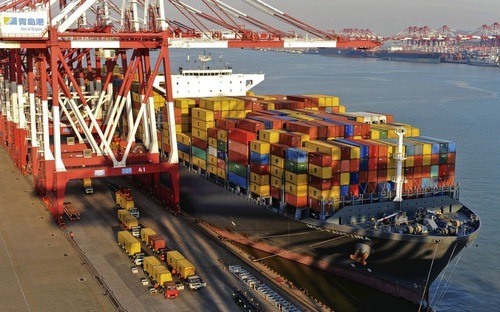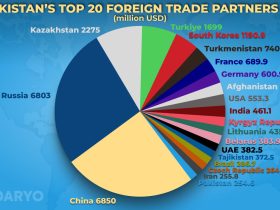
Austria’s main exported goods
Austria, a highly developed European nation, has a diversified economy and is well-integrated into the global market. Its export profile reflects the country’s strong industrial base, highly skilled workforce, and innovation-driven sectors. Below are Austria’s main exported goods:
### 1. **Machinery and Equipment**
Austria is a significant exporter of industrial machinery, which includes machinery for a range of industries such as construction, agriculture, and manufacturing. Products like machine tools, precision instruments, and industrial automation systems make up a large share of Austria’s exports. Austria’s expertise in high-precision machinery is globally recognized, with these exports serving industries worldwide, particularly in Europe.
### 2. **Vehicles and Automotive Components**
The automotive industry is another crucial pillar of Austria’s economy. Austria is known for manufacturing automotive components, including engines, transmissions, and other parts that are exported to major automobile producers like Germany and other European countries. The country is home to automotive giants such as Magna Steyr, which produces vehicles and parts for many global automakers. Finished vehicles also form part of Austria’s exports, although components dominate this sector.
### 3. **Pharmaceuticals and Medical Equipment**
Austria’s pharmaceutical sector plays a vital role in its export economy. The country is a major supplier of both active pharmaceutical ingredients (APIs) and finished drugs. The country’s pharmaceutical exports are driven by the presence of both large multinational firms and local producers. Alongside pharmaceuticals, medical equipment, including diagnostic tools and healthcare technology, also contributes significantly to the export economy.
### 4. **Metals and Metal Products**
Austria is a leading exporter of metals, especially steel and aluminum. The country’s metallurgy sector produces high-quality steel and metal products that are used in construction, engineering, and automotive industries. Austrian steel and aluminum exports are in high demand across Europe, particularly in Germany and Italy, which are key trading partners.
### 5. **Chemicals and Plastics**
Austria’s chemical industry is robust, with exports ranging from basic chemicals to high-value-added plastics and specialty chemicals. Austria produces a variety of chemicals used in industrial applications, agriculture, and pharmaceuticals. Plastics, in particular, form a significant part of Austria’s export economy, with applications in sectors like packaging, automotive, and construction.
### 6. **Electrical and Electronic Equipment**
Austria is a prominent exporter of electrical and electronic products, including electric motors, transformers, semiconductors, and other electronic components. These products serve industries such as automotive, telecommunications, and renewable energy. Austrian firms are known for their innovation in energy-efficient technologies, which are in high demand globally.
### 7. **Paper and Pulp Products**
Austria has a well-established paper and pulp industry, exporting a variety of paper products, including packaging materials, printing paper, and hygiene products. The country benefits from its rich forest resources, particularly in regions like Styria and Carinthia, making it a key exporter of sustainable paper products to markets across Europe.
### 8. **Food and Beverages**
Austria is also known for exporting high-quality food products, including dairy, meat, and processed foods. The country is famous for its organic and sustainable agricultural practices, which appeal to consumers in neighboring countries like Germany and Italy. Austrian wines and beers, along with specialty foods like chocolates and pastries, are also important export items.
### 9. **Renewable Energy Technology**
Austria is a leader in renewable energy, particularly hydropower, solar, and biomass technologies. The export of renewable energy equipment, such as turbines, solar panels, and bioenergy systems, has grown significantly, particularly to markets in Europe and Asia. Austria’s commitment to green technologies aligns with the global push towards sustainability, making this a growing sector of its export economy.
### 10. **Textiles and Apparel**
Although smaller in comparison to other sectors, Austria’s textile industry exports technical textiles, fabrics, and high-end apparel. The country is particularly strong in producing textiles for industrial and medical uses, which have a niche but growing demand internationally.
### Key Export Partners
Austria’s main export partners are European Union countries, with Germany being the largest. Italy, Switzerland, and France are also key markets. Outside Europe, the United States and China represent important destinations for Austrian goods. Austria’s central location within Europe makes it a vital hub for trade within the continent.
In conclusion, Austria’s export economy is diverse, with a mix of traditional industries like metals and machinery, and modern sectors such as pharmaceuticals and renewable energy technology. The country’s reputation for high-quality, innovative products ensures a strong presence in global markets.



Leave a Reply